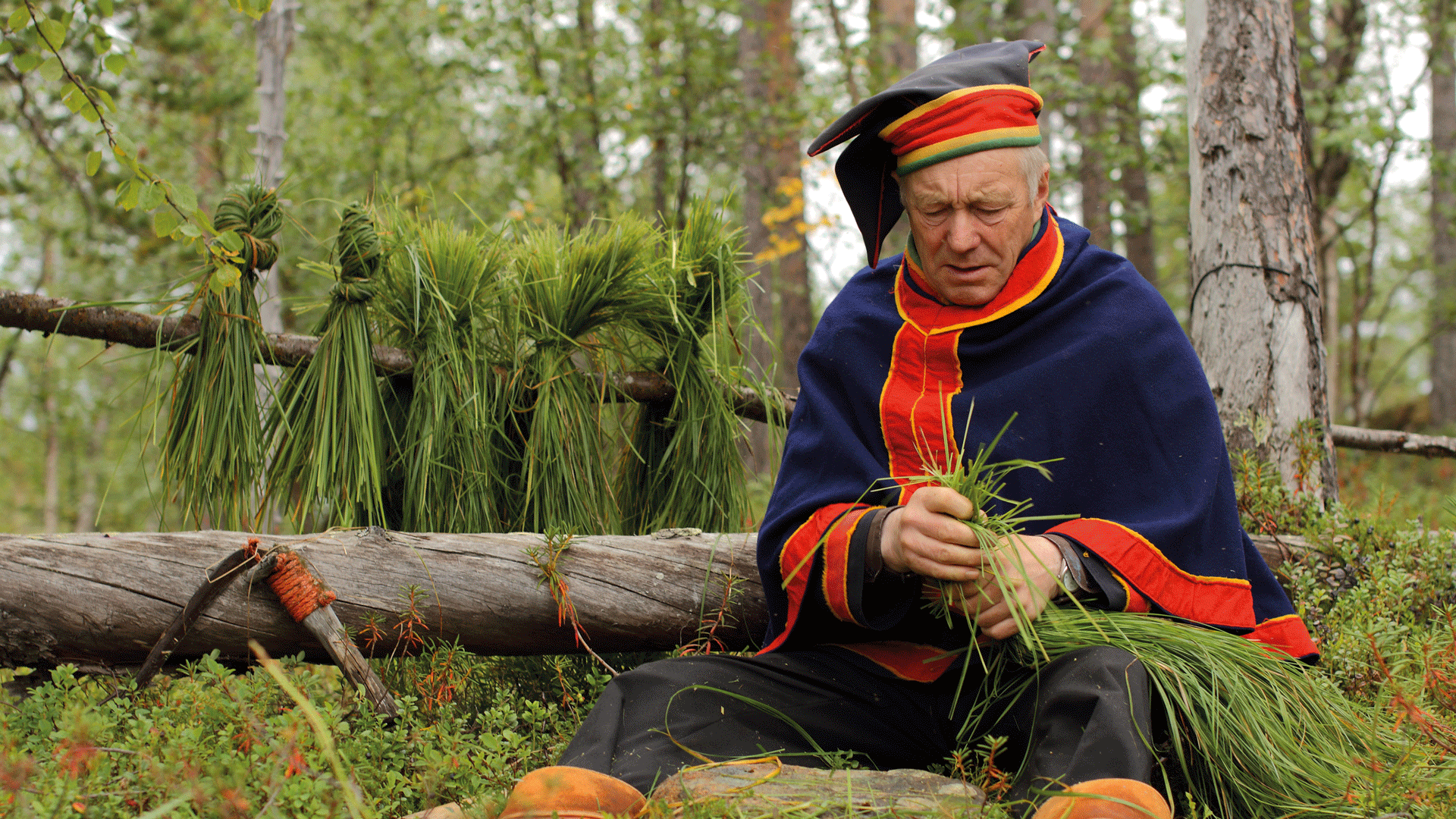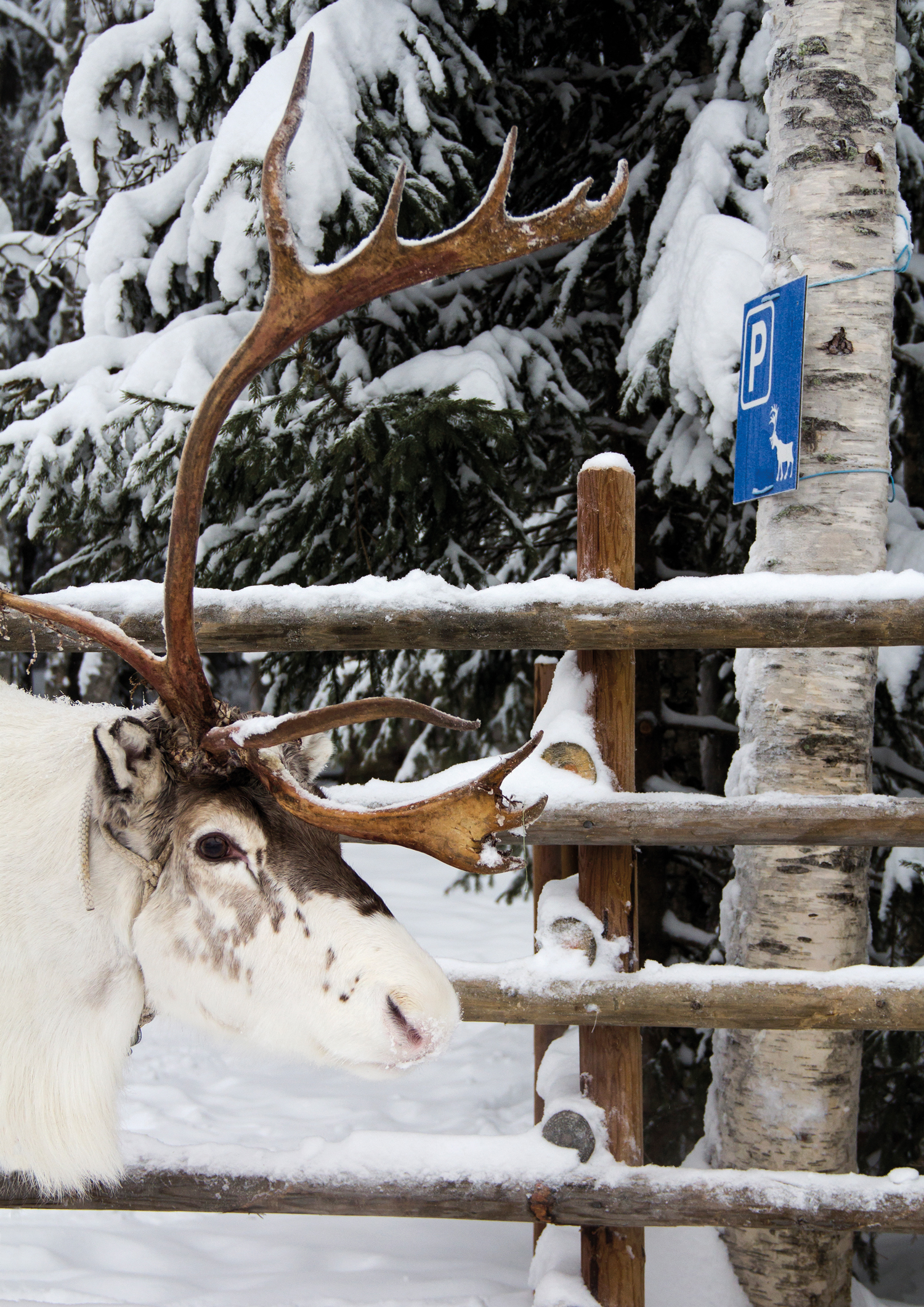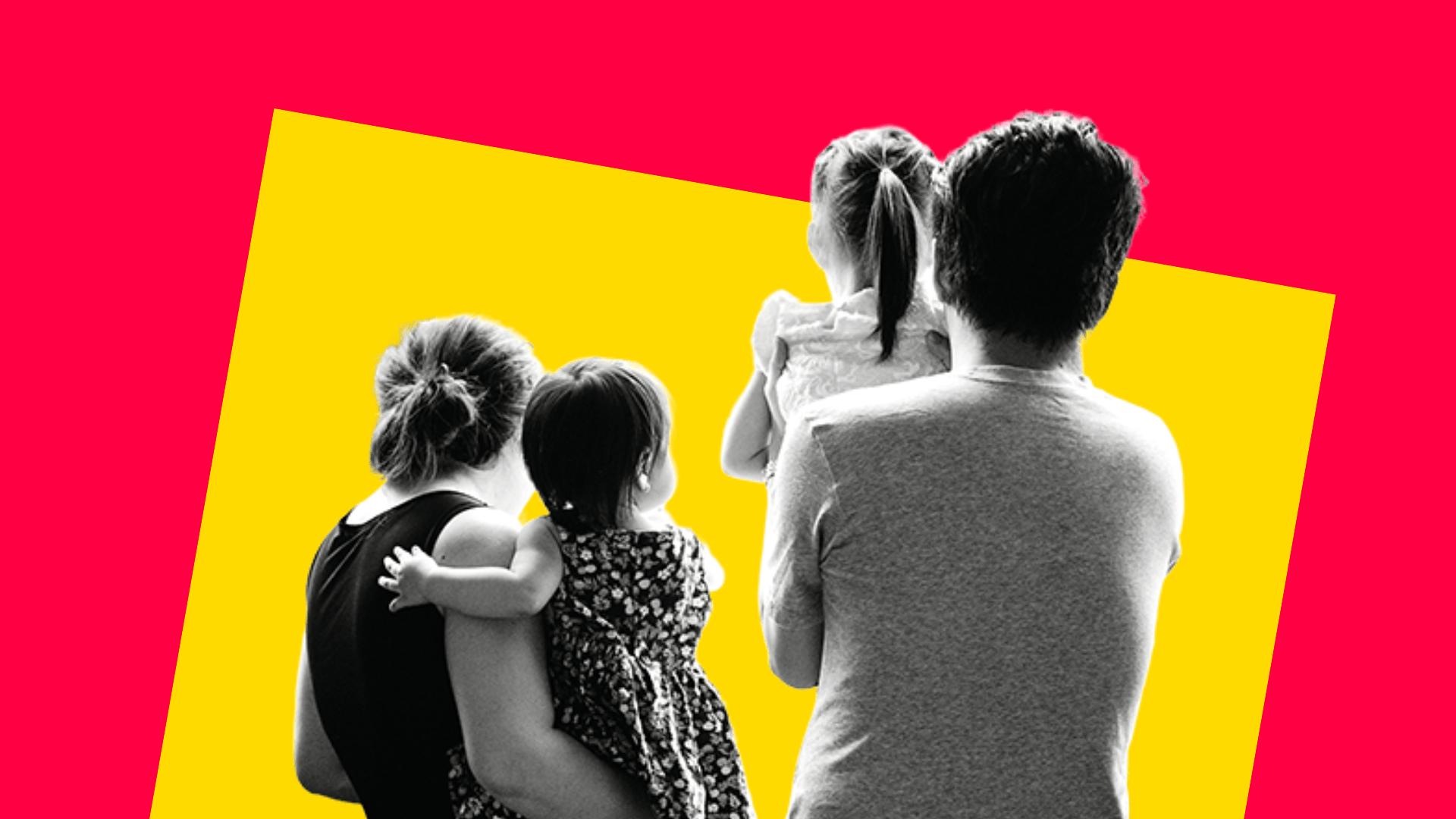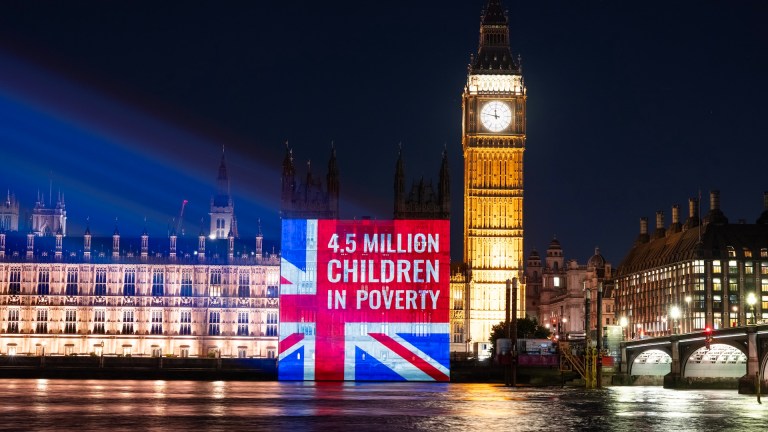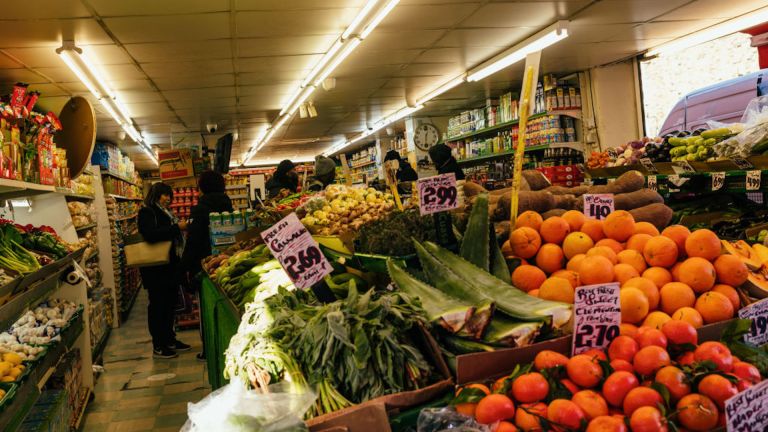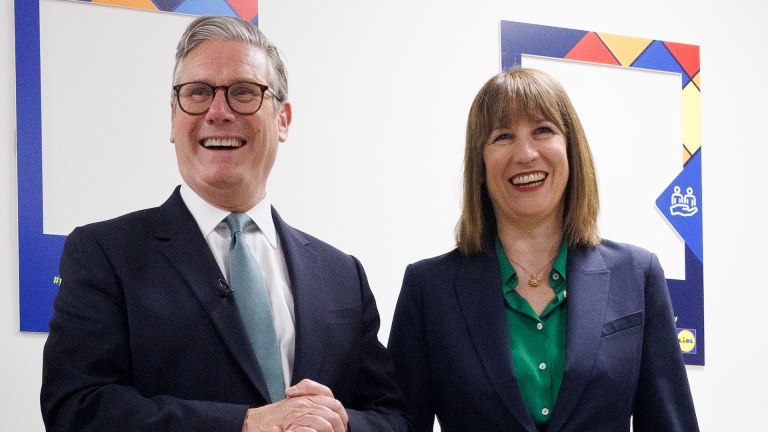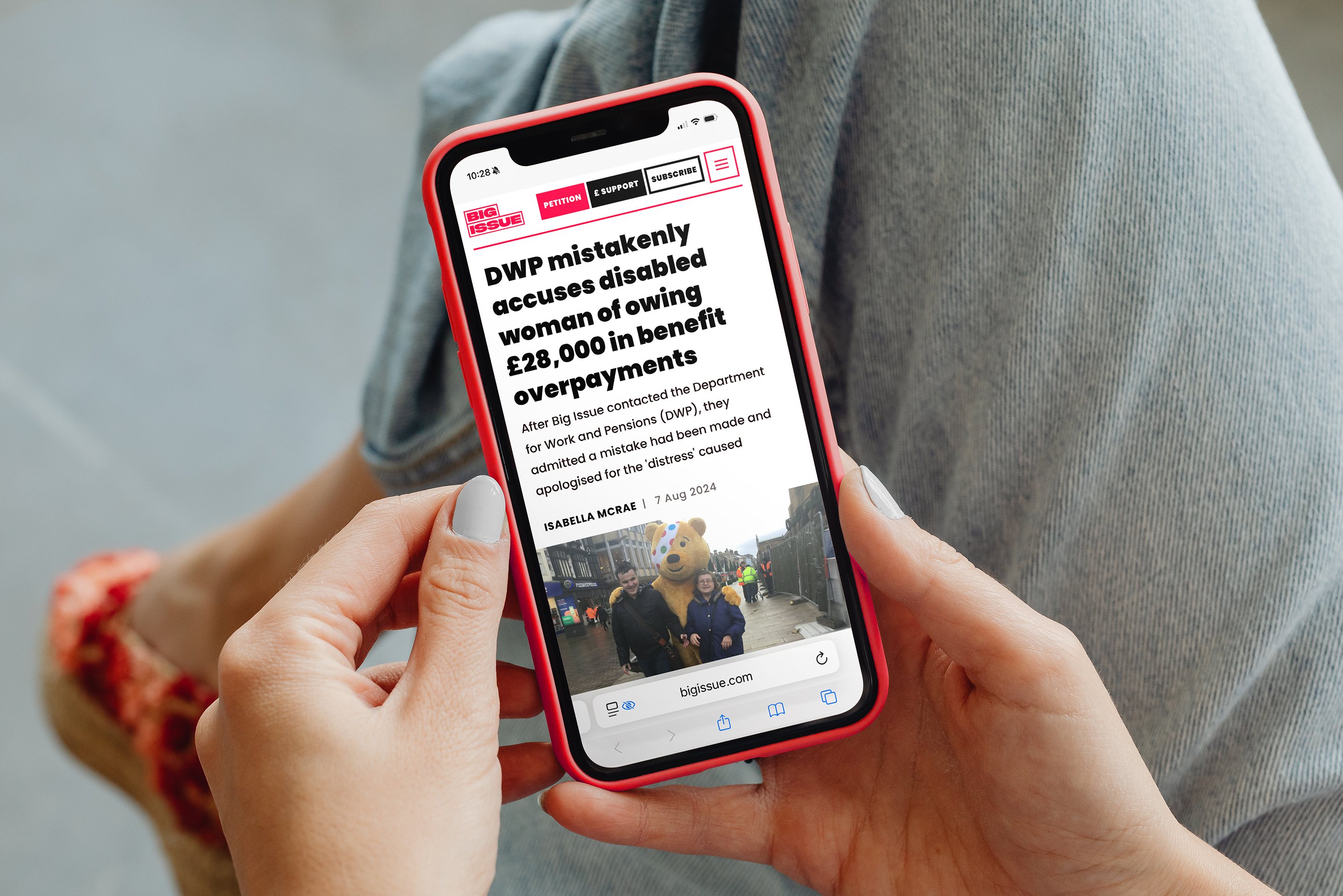When I was a child growing up in Sweden, “Lapland” meant magic – snow, huskies and reindeer. I was born in Göteborg, on Sweden’s west coast, and like countless families from across Europe, I made the northern trip one winter as a kid, when the promise of meeting Santa in his “homeland” was irresistible.
By the 1990s, northern Finland had been branded as the home of Santa Claus, complete with grottoes and hotels around the Arctic Circle near Rovaniemi. The legend had been carefully cultivated since the 1950s, when Eleanor Roosevelt’s postwar visit helped launch Finland’s Christmas-tourism industry. Today, hundreds of thousands of visitors arrive each year to meet “the real Santa” and buy a little piece of Arctic wonder. Only later did I realise how much of that wonder was constructed – and how easily it blurred into misrepresentation.
Behind the image of snow and Santa lies another, older story: that of the Sámi – the Indigenous people of northern Europe. Numbering around 80,000 to 100,000, they live across the Arctic regions of Finland, Norway, Sweden and Russia’s Kola Peninsula. Traditionally semi-nomadic, many Sámi communities made their living through reindeer herding, fishing and handicrafts known as duodji.
The region so often called Lapland is, in truth, their homeland – known in the Sámi languages as Sápmi. It stretches from the Norwegian coast to Russia’s Kola Peninsula. The word Lapland may sound benign to outsiders, but it carries a complicated legacy. In Scandinavian languages, Lapp was historically used by settlers as an exonym for the Sámi people, derived from a term that could mean “uneducated” or “uncivilised”. The name reflects a colonial gaze: a wilderness to be mapped, its people romanticised or erased.
Read more:
- The secret Nazi camps of Finnish Lapland
- Homelessness on the rise in Finland for first time in over a decade: ‘It’s unacceptable’
- To stop climate change, it’s time to take Indigenous knowledge seriously
In Finland, Lapland (Lappi in Finnish) is also the official name of the country’s northernmost administrative region – the municipalities of Enontekiö, Inari and Utsjoki, plus the northern part of Sodankylä. The Sámi are the EU’s only formally recognised Indigenous people; within Finland, this homeland is the core of Sámi cultural and political life. The same land is called Sápmi in North Sámi, Säämi in Inari Sámi and Sää’mm in Skolt Sámi – linguistic diversity that colonial naming concealed. Despite that richness, Sámi languages were long suppressed. For much of the 20th century, Sámi children were punished for speaking their mother tongue and were taught instead in Swedish, Norwegian or Finnish.
